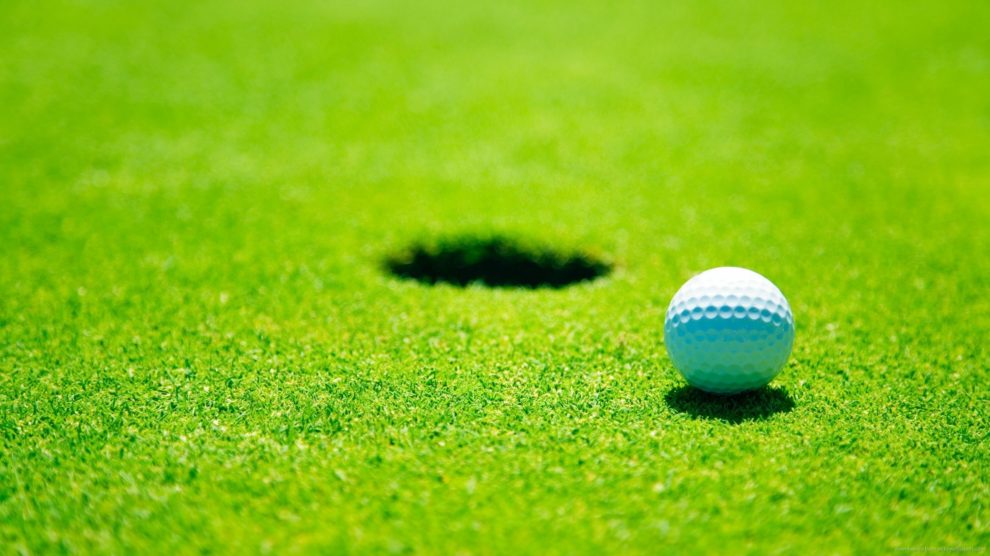For beginning golfers, playing on a course can be particularly intimidating. It's far different than hitting balls on a driving range, and transitioning to playing a golf course takes time to understand architecture, strategy and nuance. Beginners also want to make sure they fit in and don't hold anyone else up, especially on public courses. That includes keeping up with the pace of play, even knowing that, as a beginner, score doesn't really matter that much.
That's why it's important for beginner golfers -- and even experienced players -- to know when it's time to pick up their ball and move to the next hole. There's not much point in taking a 15 or a 20 on a hole. It's only going to be annoying for a golfer's playing partners, and it's only going to make a beginning golfer frustrated and perhaps feel discouraged. Beginning golfers should know that not every hole is going to go well, and that's true for golfers of all skill levels.
So, here's a good rule of thumb. Players should pick up their golf ball (if not in a tournament) when they're reached the same number of strokes as double par. For handicap purposes, that's the most any player can take anyhow, so it won't make a golfer look bad. At that point, just pick up the ball and get ready for the next hole, and then try again. Picking up ends the hole and potential frustration and gives a chance to relax and re-focus. That's a good thing.
On top of that, picking up at double par keeps the pace moving, meaning groups won't out of position.
Lots of golfers could benefit from picking up at double par, but it's also equally important to play from the right set of tees. Playing from the proper distance for your skill level and physical abilities will make it less likely a golfer has to pick up at double par.

